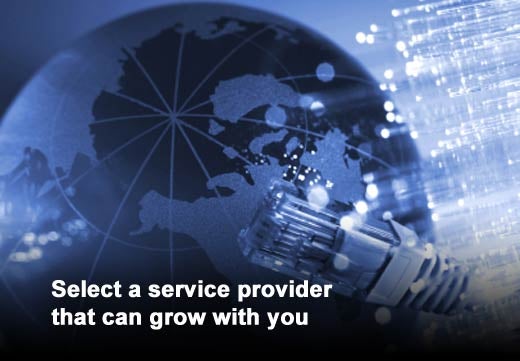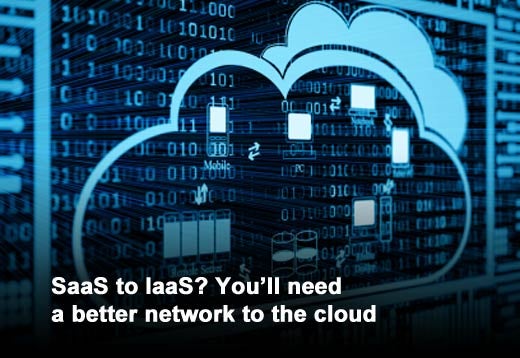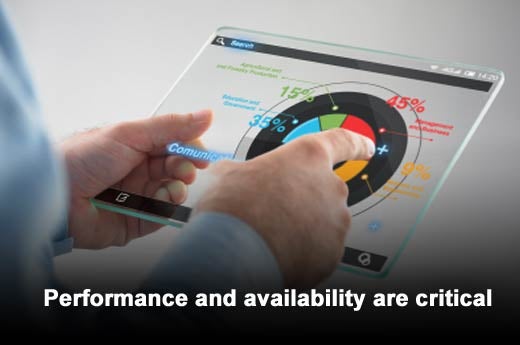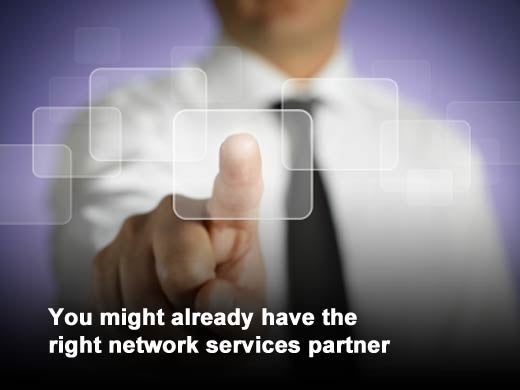The explosion of new services combining cloud and network services is being delivered by a mix of “new service providers” emerging from the ranks of established telecommunications firms like AT&T, data center infrastructure providers like Equinix and unexpected firms like Google and the NYSE. Recent moves by business giants HP, Oracle and IBM demonstrate that they are also trying to transform themselves into cloud providers using the full suite of technology they’ve amassed over the decades. If your organization is in the market for cloud services, you’ve got a number of options. Ciena, the network specialist, has identified seven points that CIOs need to consider.
Click through for seven factors that should be considered when looking at “new” cloud service providers that are emerging from well known, established firms, as identified by Ciena.
As we move further into the decade, new service providers will provide a range of smart network-based cloud services that best leverage the asset base, whether that is a rich fiber network, extensive data center footprint, unique network services or vertical industry specialization.
Take a look at your business and technology needs today and determine what type of cloud and network services will best support your successful growth.
If you’re an SMB, it may be more comfortable and economical to move most of your data center infrastructure to a new service provider that offers a combination of colocation, managed hosting and cloud services.
These types of service providers have a built-in migration path, so you can easily move from colocation space to a high-speed internal cross-connect to the cloud resources. All the while, you can keep key database applications on internal servers in a small, economical on-premise space for a more personal eye on performance and security.
Make sure to find a new service provider that can offer dynamic bandwidth services along with dynamic hosting and storage services for greatest flexibility and performance when moving into and out of the cloud.
As your organization moves beyond moving applications to the cloud under software as a service (SaaS), to using the cloud for infrastructure as a service (IaaS), chances are high that your network infrastructure will need a boost.
SaaS applications can be connected with no more than a standard Layer 3 Internet service delivered by an ISP, or through a company-wide shared VPN network.
When adding IaaS services, a standard Internet connection may need to be augmented to handle the substantial amounts of information in storage and virtual machines that will be transferred between data centers.
You’ll need access to a scalable, high-performance, fiber-based network to connect your data centers to each other and to the cloud for “performance-on-demand.” This could be a Layer 1 direct connect network, or Layer 2 Ethernet network that provides better scalability and predictable performance. Network and software orchestration can help unify these data center resources for assigning peak workloads, or other processing outside of your on-premise data center. Now you can more easily own the base and rent for the spike.
Whatever your needs, look for a service provider that integrates network and data center services, and can provide a superior SLA on key metrics of performance and availability. The new service provider understands the importance of offering network options to fit both standard applications and more demanding business-critical applications.
Check your assumptions – you might already have the right service provider partner in place. The company that is providing your bandwidth services today may also now be able to offer cloud services, or your data center co-location vendor may now be able to leverage bandwidth partnerships. Understand what your service provider offers today and its roadmap for the future.
Network and data center outages – whether man made or due to a force of nature – are inevitable. When that happens, cloud services can be our best friend. Look for a service provider that offers replicated VM and storage services for immediate access if the primary location is unavailable, to save your organization stress and aggravation, not to mention money and lost productivity, in the event of an outage. A business impact analysis will help justify the added expenditure for protection.
Just as you can have both reserved and on-demand server instances, the new service providers are looking to add network-as-a-service (NaaS) capabilities to standard network offerings. With software-driven networking, service providers will have the ability to intelligently increment network performance as needed, adjusted by the applications’ requirements. Pre-defined policies will enable access based on several factors, resulting in a performance-on-demand operation for greater network agility and efficiency.










